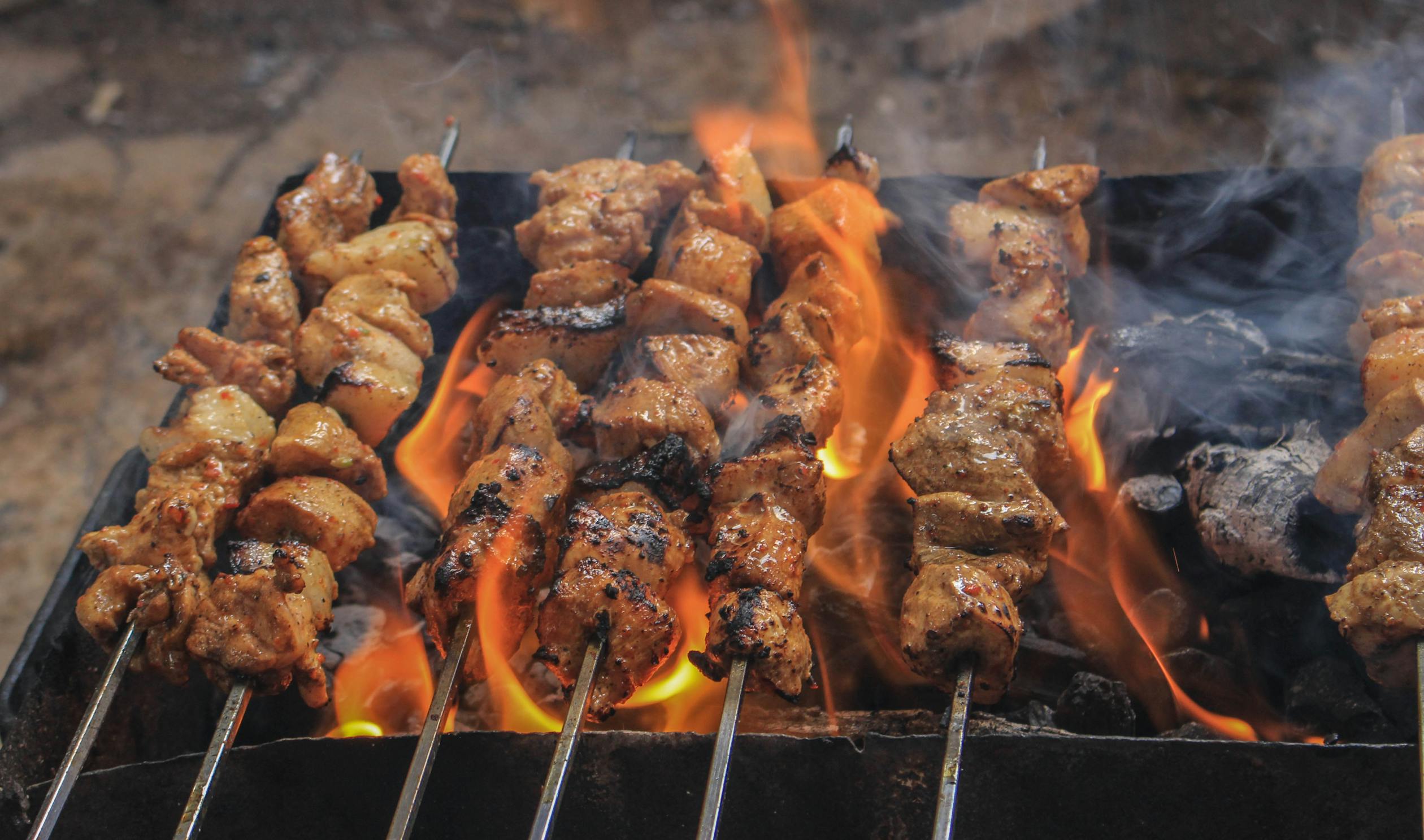A Brief History
Looking back on this day in history and many more like it, there is a lot for mankind to celebrate! But if we were to look at the world of barbequing to understand its history and value, we would really have to delve deep to know more- it is not one of the most common topics! The word barbecue was first documented in 1492, when Spanish explorer, Columbus, made his way home from the Caribbean and documented his travels using the word ‘barbacoa’ when seeing the indigenous tribes of the West Indies slow cooking their meat on a raised wooden grate over an open fire pit.
Barbecue is quite diverse in its history; it was adopted later on when Spanish settlers made their way to the Americas and started to season their meats with flavors of the European culture; however, grilling was only known to be used in campsites or a method of cooking to feed large groups of people.
During World War II, grilling became especially popular as it was not only used at campsites, but it was also used as a sign of victory when winning a battle. After that, when the middle class started to move to the suburbs, backyard grilling spread like wildfire and became wildly popular in the 1950s.
The grilling experience has changed in terms of tradition, experience, technology, and even ease of use. A grill is an important addition to any household and today, there are many different types available that have evolved features that have been added over time. Finding the best grill that will suit your needs is important. It might take a lot of research and time to read the reviews on different grill sets but it will help you find the right one for you. Why settle for less when you know you can get your hands on something that would make your grilling experience not only spectacular but also convenient to the kind of cooking experience you’re hoping for.
Digging Deeper
Evolution of the Grill
During the 1950s, when the grill started gaining popularity, it was initially just a flat, open brazier-style grill. A new hype began when George Stephen introduced a new and improved version, known as the Weber grill, that made backyard cooking a whole lot easier which made it even more popular. He made a few improvements and changes that made the grill much more efficient; by cutting it along the middle, adding a grate, and using the top as a lid with ventilation holes to help control the temperature.
Size
From then on, there have been many types of grills with varying sizes. Depending on your needs and uses, the standard grill was available in sizes that allowed you to choose a large one for mass grilling, or even a smaller one that took up very little space in your backyard. You can now even find grills that come with multiple layers with more than one grate type and size. This allows for the cooking of more food types at the same time.
Temperature
Continuing on the development of the grill, one critical factor that was in need of development was the grill temperature. Improving the temperature controls and degree of heat needed to get perfectly cooked meat was needed to improve the cooking experience. Instead of depending on trial and error for cooking the perfect cut of meat, or ending up with over-cooked meat that is burnt on the outside and raw on the inside, developing grills that enable you to control the level of heat and stick to a specific temperature was an important evolution in the history of the grill.
Location
While the grill was mainly placed in the backyard, due to its popularity, it became an essential household item. This meant that more and more people wanted to grill all year round without waiting for perfect weather to enjoy it. That is why grills have been upgraded for indoor accommodation as well. Indoor grills come either as part of an existing oven, portable grills, and even indoor electric grills, with many different variations introduced to enhance the grilling experience and make it suitable for everyday life.
Grilling no longer requires a whole lot of preparation and has become a fairly easy experience that does not take up much time and requires minimal effort. With the advancements in technology, the grills are continuously evolving to make the entire process effortless without compromising on the cooking experience.
Because grilling is an integral part of many cultures, it has evolved to cater to the growing need to grill food in the comfort of our own kitchens. With different sizes, multiple functions, uses, and technologies to choose from, you have the option to grill any foods you like that do not even have to be meat. The evolution of grills has made it a spectacular experience with something to suit everyone.
Question for students (and subscribers): What innovation do you consider to be the most significant in the history of grilling? Please let us know in the comments section below this article.
If you liked this article and would like to receive notification of new articles, please feel welcome to subscribe to History and Headlines by liking us on Facebook and becoming one of our patrons!
Your readership is much appreciated!
Historical Evidence
For more information, please see…
Deutsch, Jonathan and Megan J. Elias. Barbecue: A Global History (Edible). Reaktion Books, 2014.
The featured image in this article, a photograph by Skitterphoto, is licensed under the Pexels License.



